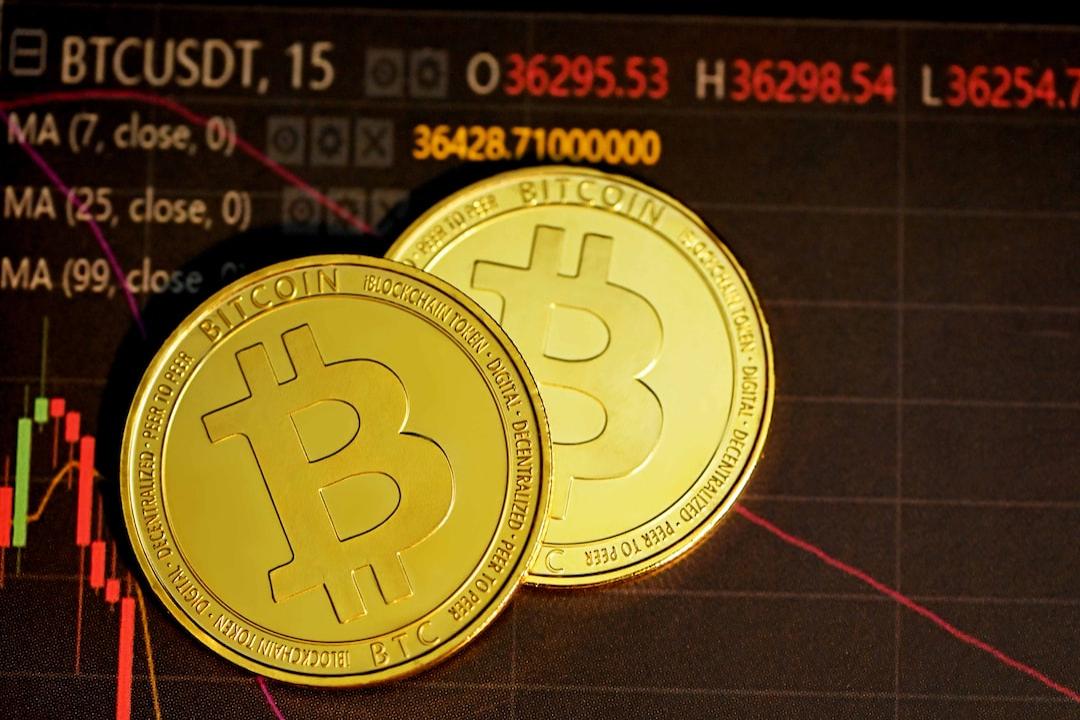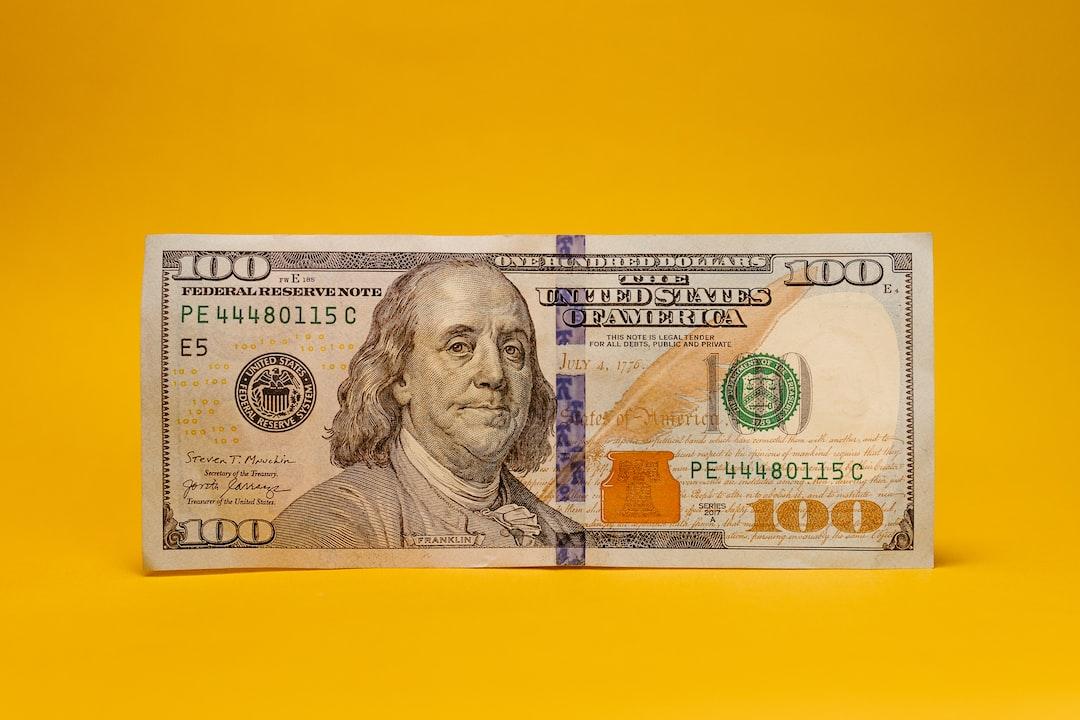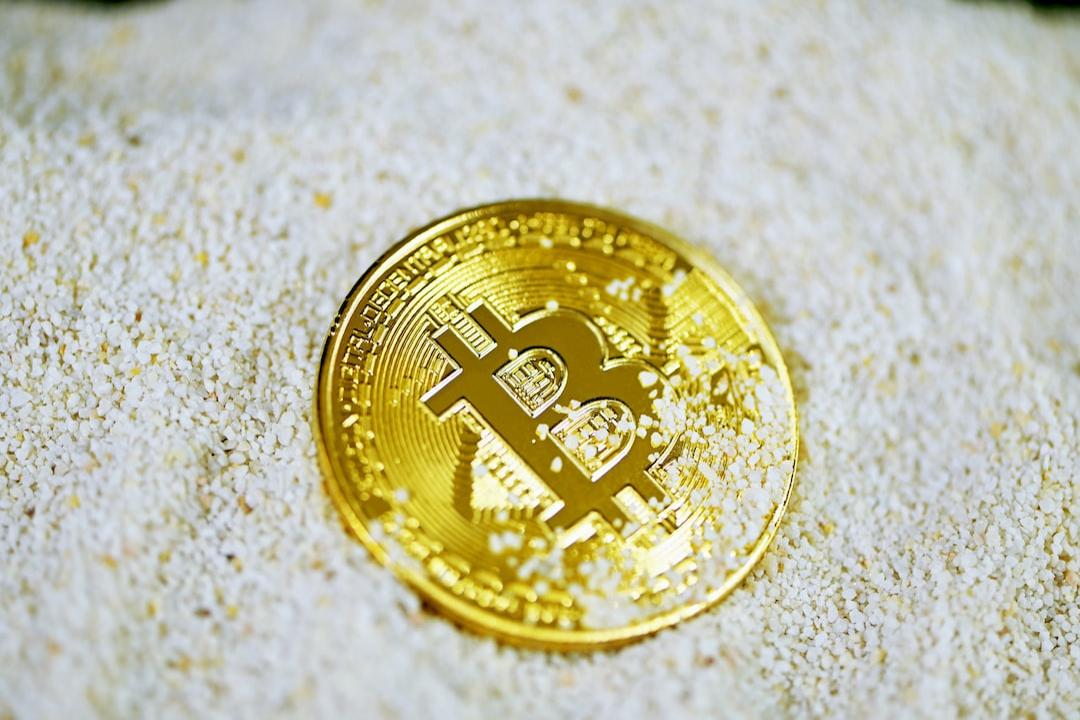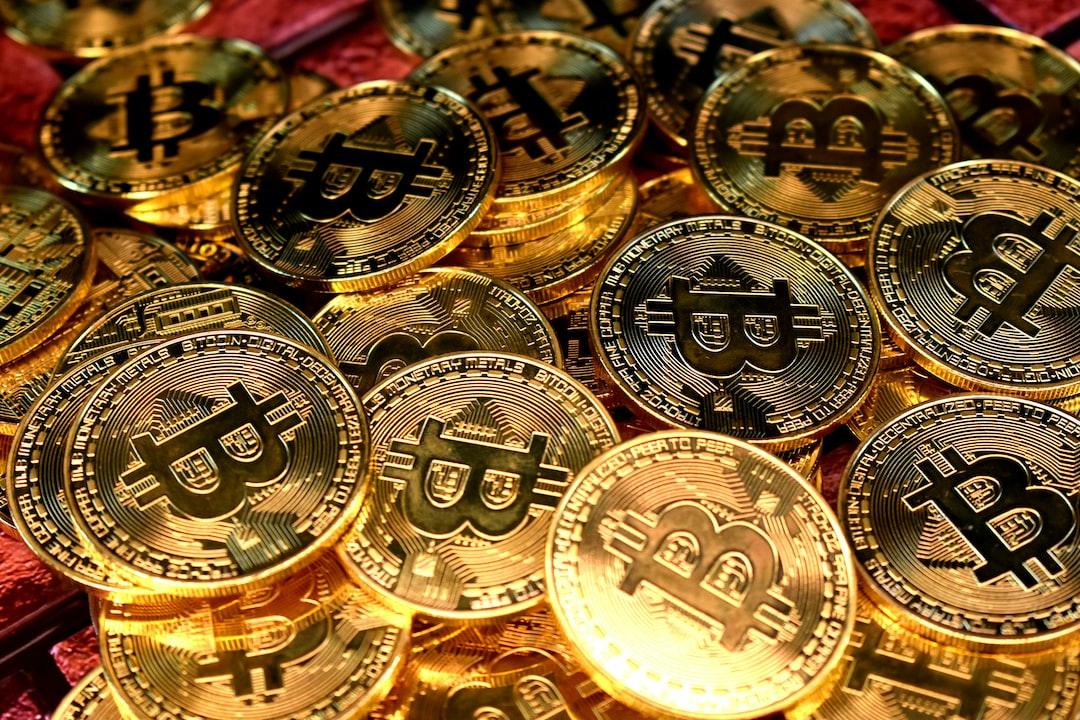Under the impetus of regulatory advantages, an influx of ETF funds, a surge in crypto reserve companies, and a resurgence of Ethereum’s popularity, the crypto market is at a phase high point. However, Bitwise’s Chief Investment Officer Matt Hougan points out that the market still has four critical dynamics that have yet to be priced in, which could push Bitcoin and overall cryptocurrency prices to higher levels.
Hougan names the three riders of Bitcoin demand: governments and central banks are just beginning to enter the market.
In the first half of this year, the market generally anticipated that the three main sources of Bitcoin demand would be ETFs, corporations, and governments, which Hougan referred to as the “three riders of Bitcoin demand.” As of now, ETFs have cumulatively purchased approximately 183,000 Bitcoins, while corporate reserves have increased by about 354,000 Bitcoins, far exceeding the approximately 100,000 Bitcoins mined this year, enough to drive prices up by around 27%.
(US Treasury Secretary’s remarks on “Bitcoin reserves” cause panic, BTC market cap evaporates by $55 billion)


However, government procurement actions remain slow. The U.S. Bitcoin strategic reserves are only through holding confiscated criminal assets and purchasing in a budget-neutral manner; the national reserves established by Pakistan are also just sporadic cases compared to the speed of Abu Dhabi’s investment in Bitcoin ETFs and corporations. Hougan emphasizes that while there may not be large-scale national entry before the end of the year, observations indicate that central banks, including those in the Czech Republic, have quietly taken action. Even a few announcements could significantly influence market psychology and guide potential upward effects in 2026.
Monetary policy shift: weakened dollar + multiple rate cuts create a powerful combination.
Bitcoin maintaining historically high levels in a high-interest-rate environment is indeed unusual. The market generally expects multiple rate cuts this year; however, Hougan believes the real story is just beginning. He stated that the Trump administration has clearly signaled a push for a weakened dollar and a more dovish Federal Reserve, including intentions to appoint Stephen Miran, who advocates the “Mar-a-Lago Accord,” to the Federal Reserve, promoting substantial money printing to devalue the dollar and alleviate the fiscal burdens it places on the U.S. as a global reserve currency.
(Analyzing Wall Street’s hotly debated “Pennsylvania Plan”: Can stablecoins transform U.S. debt and restore the dollar’s glory?)
Hougan predicts, “This might mean not just three rate cuts, but six or even eight.” If the extent of rate cuts and monetary supply exceeds market expectations, it will create a more explosive upward environment for non-yielding assets like Bitcoin.
New normal of volatility: significant increase in institutional fund allocation.
Additionally, since the launch of Bitcoin spot ETFs in January 2024, Bitcoin’s volatility has significantly decreased, now approaching levels similar to high-volatility tech stocks like Nvidia. The ETF and corporate buying have brought long-term stable funds, coupled with improved regulatory environments, reducing market policy and trading risks.


Bitcoin’s 30-day volatility has gradually decreased, now down to levels seen in July 2023.
Hougan points out that this change is altering the asset allocation logic of institutional investors: before the ETF launch, their initial allocation was around 1%, whereas now discussions often revolve around allocations of 5% or higher. He added that the ETF has seen a net inflow of $5.6 billion since July, which, when annualized, could approach $50 billion. At the same time, it has performed strongly in the typically sluggish summer months, indicating potential for further acceleration after autumn.
Return of the ICO boom? SEC’s regulatory stance becomes crucial.
Although ICOs had their reputation tarnished in 2018 due to fraud and regulatory crackdowns, SEC Commissioner Paul Atkins proposed an optimistic stance on ICOs and airdrops during his speech at Project Crypto, paving the way for a more friendly and sound regulatory framework with safe harbor provisions and exemption mechanisms.
(The U.S. SEC promotes Project Crypto: Most tokens are not securities, safeguarding property self-custody rights)
Hougan believes that once this system is implemented, it will signal a “ICO 2.0,” attracting a substantial amount of capital back into on-chain entrepreneurship and investment markets, likely recreating the fervor of the ICO golden era: “I think this will be a significant bullish catalyst, and the new ICO 2.0 era will bring a lot of new capital into the crypto market.”
Invisible drivers behind the bull market: four catalysts yet to be priced in.
Hougan finally emphasizes, “The market won’t rise just because of good news, but because of good news that is yet to be priced in.” He believes the market generally underestimates the scale of the crypto bull market while overlooking some deep-seated catalysts that will take effect in the coming months and years. From government entry to shifts in monetary policy, the decrease in volatility driving increased allocations, and the potential new funding wave triggered by ICO 2.0, these factors together create potential upward space for the coming months and even years. In other words, this bull market may have only just reached its halfway point.
(Coinbase’s Q3 2025 outlook: September is a critical moment for alt season, highlighting the Ethereum ecosystem for layout.)
Risk Warning
Investing in cryptocurrencies carries high risks, and their prices can be highly volatile. You may lose all your principal. Please assess risks carefully.

